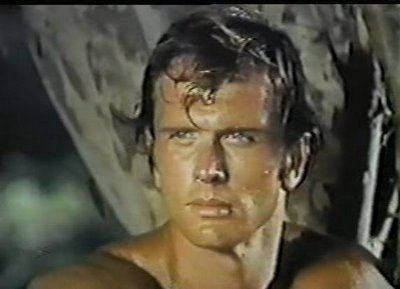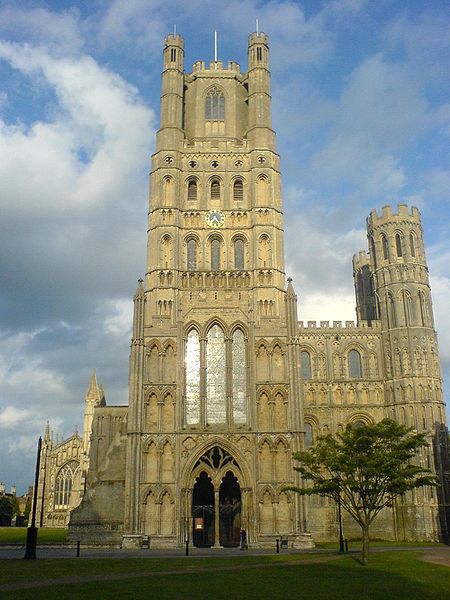ELY (EE-lee)
1.
American actor best known for playing Tarzan on TV
2. Cathedral
city of Cambridgeshire, England
Common clues: TV Tarzan Ron;
Portrayer of Tarzan; “Tarzan” star Ron; English
cathedral city; England's Isle of ___; Cambridgeshire cathedral
city
Crossword
puzzle frequency:
4 times a year
Frequency
in English language:
17837 / 86800
Video: Tarzan
Ron Ely or Ronald Ely (born 21 June 1938) is the stage name of the American actor born Ronald Pierce in Hereford, Texas. After playing various bit-parts (including an airplane co-pilot in the 1958 movie South Pacific), he first became known for starring as Tarzan in a 1966 U.S. television series of that name. His height (6' 4") and athletic build also won him the title role in the 1975 Doc Savage film, as well as various guest shots -- in a 1978 Fantasy Island episode, for example, he played Mark Antony in a Roman military short tunic and breastplate that displayed almost as much of his physique as his Tarzan costume had.

In
the 1980s, he starred in the series Sea
Hunt
and hosted the musical game show Face
the Music.
***
Ely is a cathedral city in Cambridgeshire, England. It is 14 miles (23 km) north-northeast of Cambridge.

Ely was for a long time informally considered to be a "city" by virtue of being the seat of a diocese. In 1974 the status was confirmed by Royal charter on the parish council of the successor parish to Ely Urban District.
With a population of 15,102 in 2001, Ely is the third smallest city in England after Wells in Somerset and the City of London, and the sixth smallest in the United Kingdom, with St David's, Bangor, and Armagh also being smaller than it.
It is commonly said that Ely derives its name from 'eel' and '-y' or '-ey' meaning island. This may be true, due to the position of Ely, an island in low-lying fens that were historically very marshy and rich in eels. It is also known as the Isle of Ely suggesting an island. It has even been claimed that, during the 11th century, monks of the town used eels as currency to pay their taxes. People are said to have walked around on stilts or used boats to get around the Fens and only people of the Fens knew the correct route so they wouldn't drown.
The city's origins lay in the foundation of an abbey in 673 AD, a mile (1.6 km) to the north of the village of Cratendune on the Isle of Ely, under the protection of St Ethelreda, daughter of King Anna. The abbey was destroyed in 870 by Danish invaders and not rebuilt for over a hundred years. The site was one of the last holdouts in England to the rule of William I, its leader Hereward the Wake remaining independent until his surrender in 1071. Following William's defeat of Hereward he commissioned the construction of Ely Castle. It was demolished some time in the 13th century.
Oliver Cromwell lived in Ely for several years after inheriting the position of local tax collector in 1636. His former home dates to the 16th century and is now used by the Tourist Information Office, as well as being a museum with rooms displayed as they would have been in Cromwell's time. Cromwell was one of the Governors of the Thomas Parson's Charity, which dates back to the sixteenth century and was granted a Royal Charter by Charles I. The Original Charter and copies of the Minute Book containing Oliver Cromwell's handwriting and signature have recently been loaned to the Ely Museum. The Charity still provides Grants and Housing to deserving local applicants.
Historical documents relating to Ely, including Church of England parish registers, court records, maps and photographs, are held by Cambridgeshire Archives and Local Studies at the County Record Office in Cambridge.
This article is licensed under the GNU Free Documentation License. It uses material from the Wikipedia article "Ron Ely" and 'Ely, Cambridgeshire'
|
|